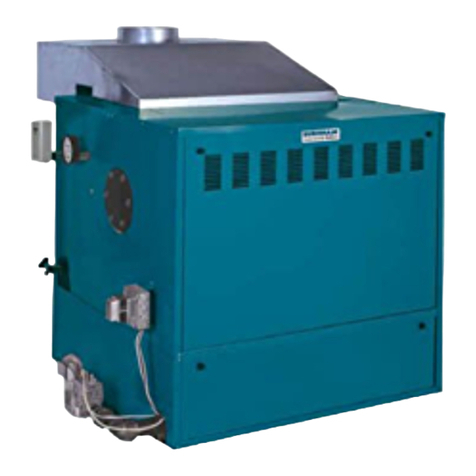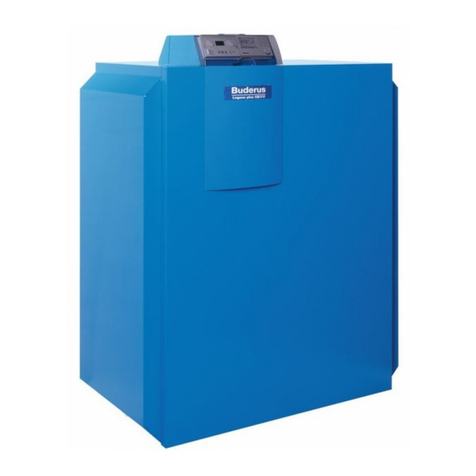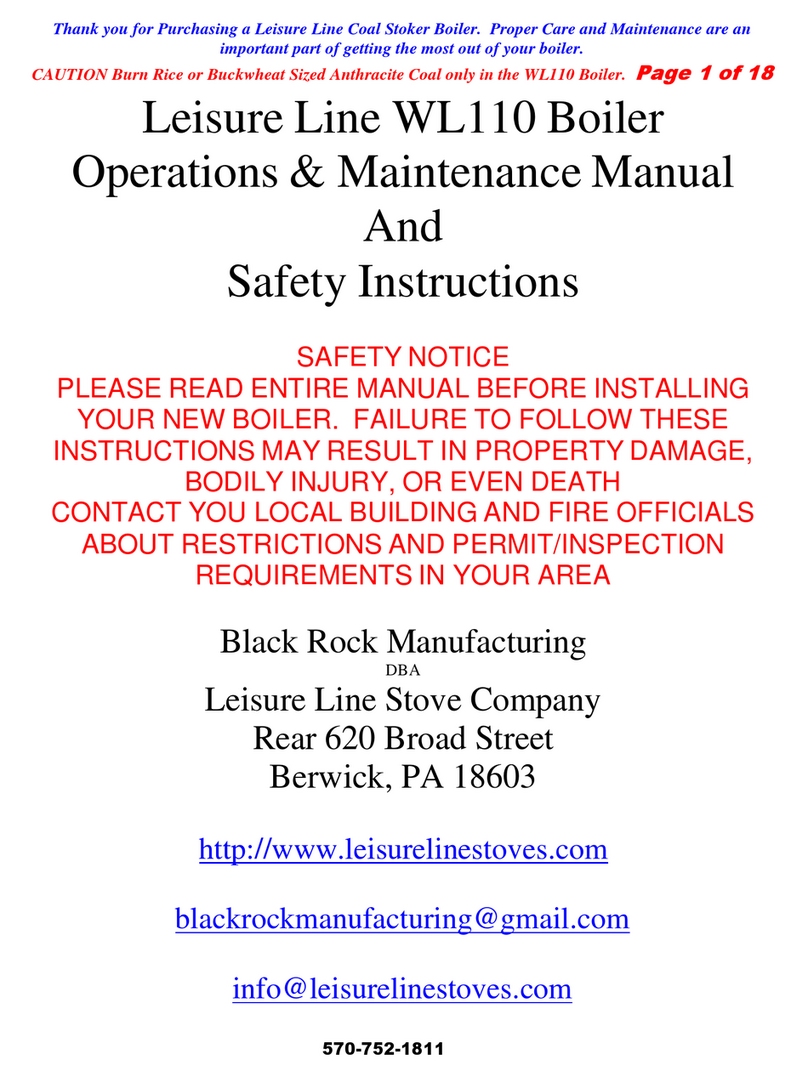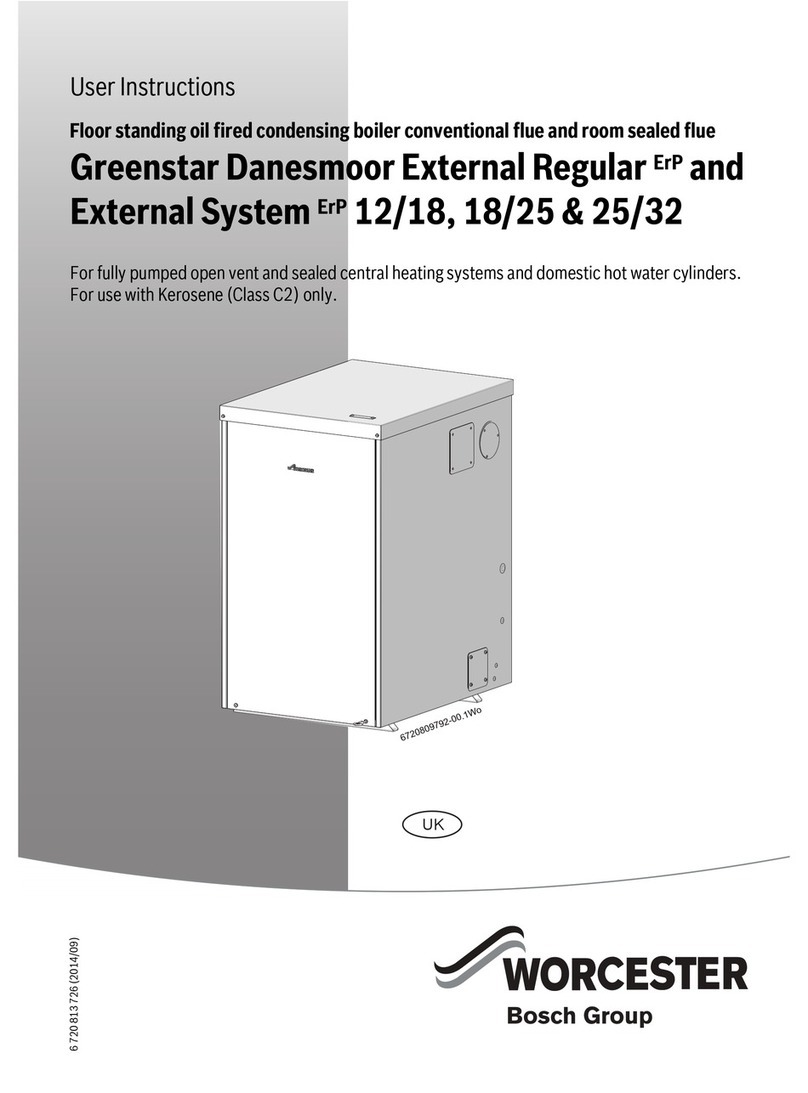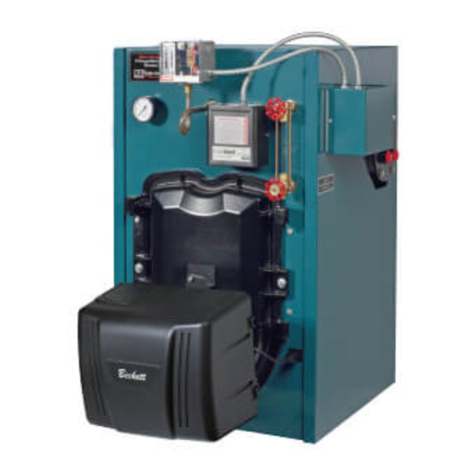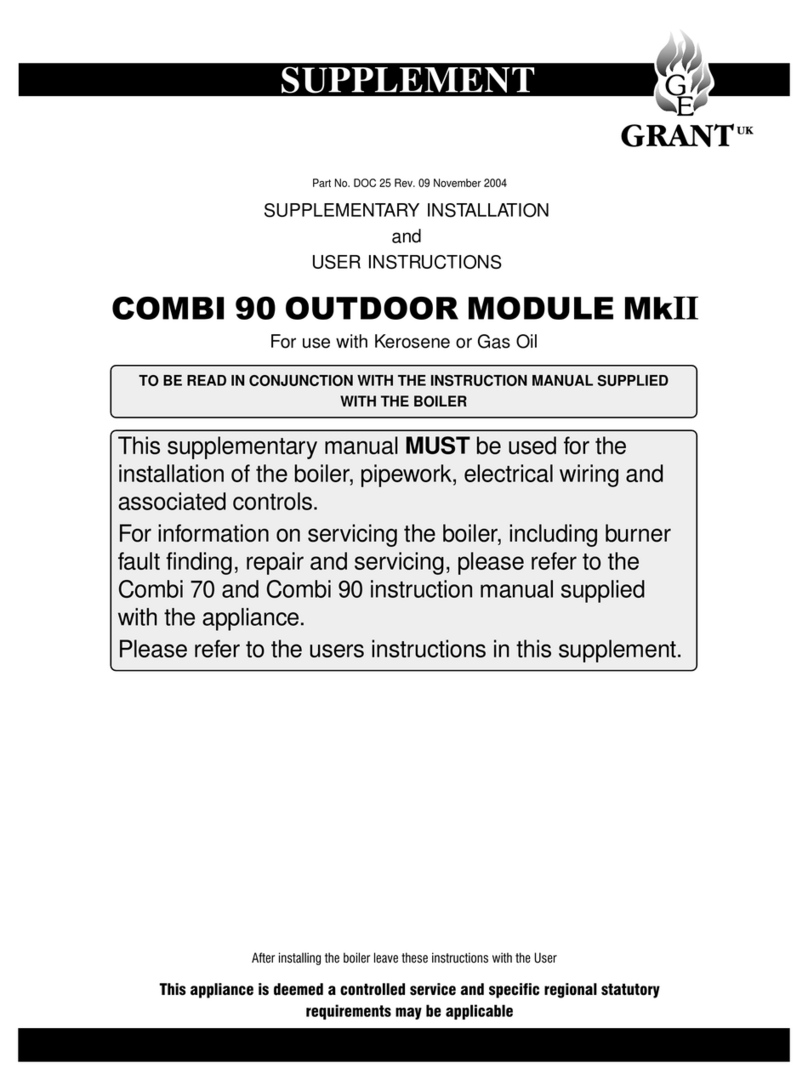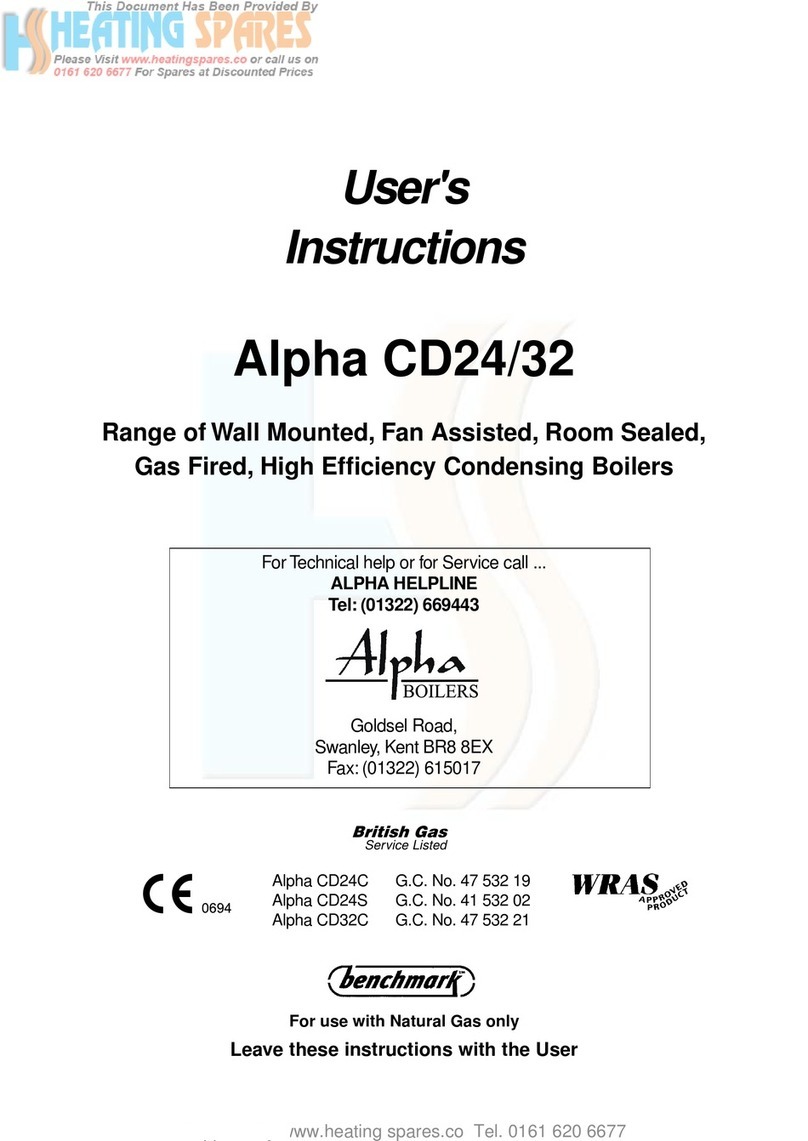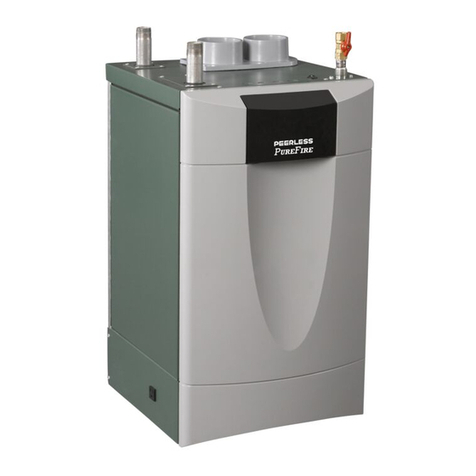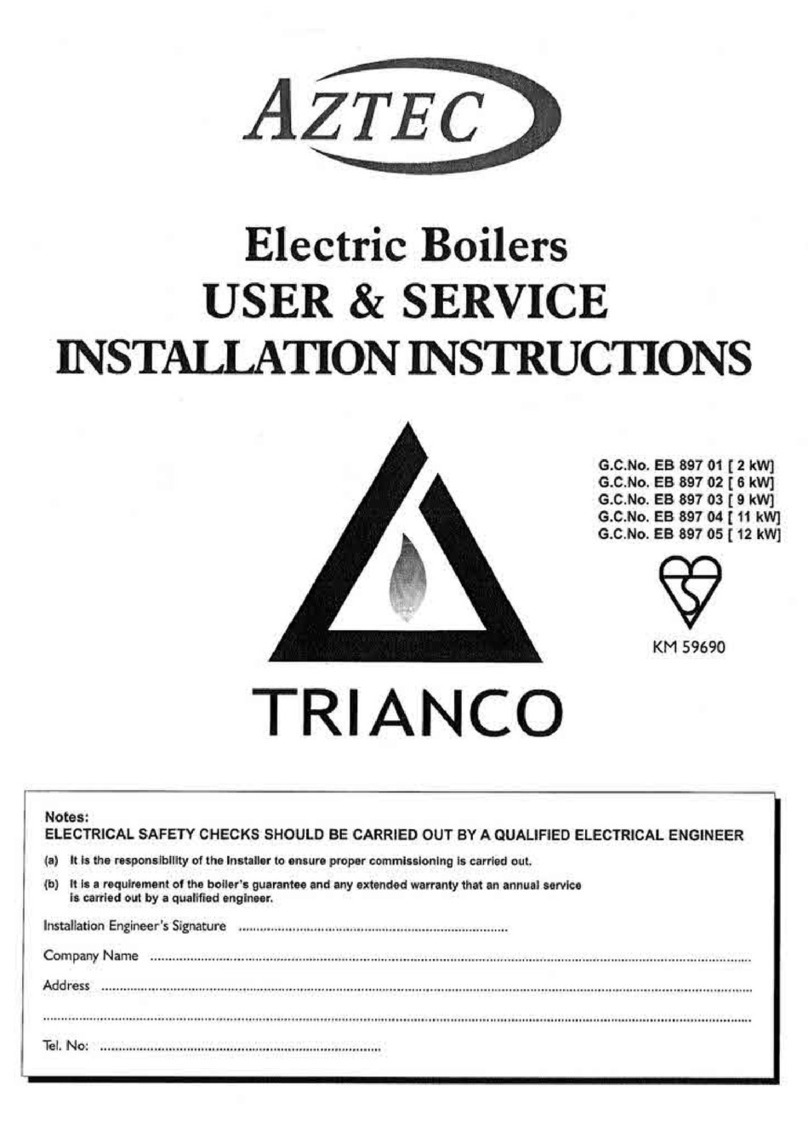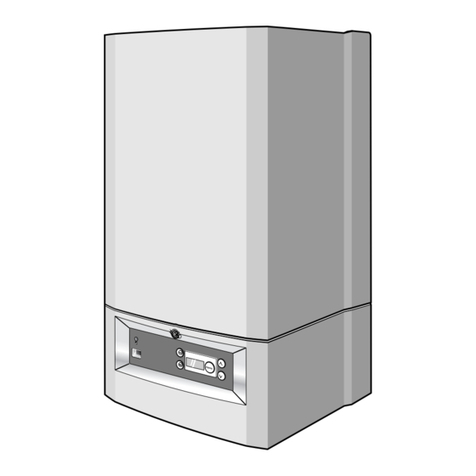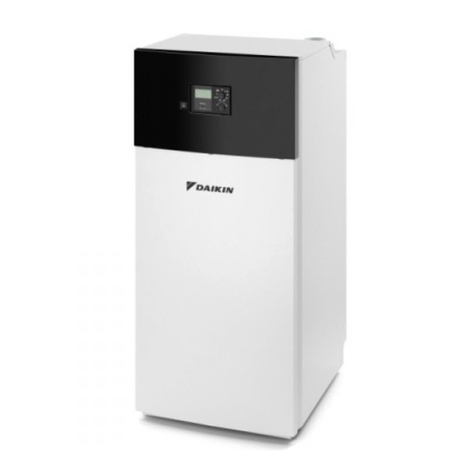
Automatic boiler for wood pellets
2
CONTENT
COntent ......................................................................................................................................................2
pictures.......................................................................................................................................................3
TABle..........................................................................................................................................................4
1IMPORTANT NOTES ..............................................................................................................................5
2use of the boiler and its advantages........................................................................................................6
3Technical data of the boilers KP x2S, KP X2 - ES ......................................................................................7
4structural description of products............................................................................................................8
PICTURE OF PRODUCT AND MAIN PARTS......................................................................................................8
4.1 BOILER BODY, SCHEMA OF THE PRODUCTS AND DESCRIPTION OF THE MAIN PARTS.........................9
Boiler body..................................................................................................................................................9
4.2 CONTROL UNIT ............................................................................................................................10
4.2.1 Boiler Function Module HZS 521-G........................................................................................11
4.2.1.1 Technical base data .........................................................................................................13
4.2.2 Terminal HZS 555-S with USB .............................................................................................14
4.2.2.1 Description......................................................................................................................14
CLEANING THE TOUCH SCREEN ..............................................................................................................14
CAUTION!...........................................................................................................................................14
Before cleaning the touch screen, the terminal must first be turned off to avoid unintentionally triggering
functions or commands!.......................................................................................................................14
4.2.2.2 Technical data.................................................................................................................14
4.3 BURNER HEATING CHAMBER INCL. FEEDER F1 WITH INDEPENDENT DRIVE.....................................16
CERAMIC PARTS.....................................................................................................................................17
4.4 FEEDER F1 WITH INDEPENDENT DRIVE (FROM FUEL STORAGE)......................................................18
4.5 BOILER SHEATHING INCLUDING HEAT INSULATION.......................................................................19
4.6 CLEANING SYSTEM.......................................................................................................................22
4.6.1 Ash removal .......................................................................................................................22
4.6.2 Heat exchanger cleaning .....................................................................................................22
4.6.3 External ash container.........................................................................................................23
4.7 STANDARD ACCESSORIES.............................................................................................................24
4.8 OPTIONAL ACCESSORIES..............................................................................................................24
4.9 FUEL BIN .....................................................................................................................................24
5Placement OF THE PRODUCT IN BOILER ROOMS, PRINCIPLES OF INSTALLATION ...................................26
5.1 PLACEMENT OF PRODUCTS IN BOILER ROOMS...............................................................................26
5.2 SAFE DISTANCE FROM COMBUSTIBLE MATERIAL............................................................................26
5.3 LEGISLATION IN FORCE................................................................................................................26
4.1.1 Heating system and boiler ...................................................................................................26
4.1.2 Venting ..............................................................................................................................26
4.1.3 Fire regulations...................................................................................................................27
4.1.4 Electrical ............................................................................................................................27
4.1.5 Protection against noise.......................................................................................................27
5.4 STORAGE OF FUEL .......................................................................................................................27
5.5 BOILER ROOM VENTILATION ........................................................................................................27
6putting the PRODUCTS INTO OPERATION .............................................................................................28
6.1 CONNECTION TO THE SYSTEM......................................................................................................28
6.2 INSTALLATION OF THE BURNER....................................................................................................29
6.3 INSTALATION OF THE CERAMIC CATALYTIC REFLECTOR ................................................................30
6.4 INSTALLATION OF SECONDARY CERAMIC GRATE ...........................................................................31
6.5 INSTALLATION OF CERAMIC SHIELD .............................................................................................32
6.6 CONNECTION OF ELECTRICAL PARTS ............................................................................................32
6.7 CHECKING TASKS BEFORE BOILER FIRST OPERATION ....................................................................33
7boiler service and maintanance during operation....................................................................................34
7.1 SERVICE ......................................................................................................................................34
7.1.1 Refueling............................................................................................................................34
7.1.2 Emptying of the external container .......................................................................................34
7.1.3 Flue gases exchanger cleaning .............................................................................................35
7.2 MAINTANANCE.............................................................................................................................35
7.2.1 Burnt gases exchanger cleaning ...........................................................................................35
7.2.2 Burner grate cleaning ..........................................................................................................35
7.2.3 Ceramic grate cleaning ........................................................................................................35
7.2.4 Annual audit.......................................................................................................................36
8disposal of product after teh end of its service life..................................................................................38
8.1 NATURAL PERSON ........................................................................................................................38
8.2 LEGAL ENTITY..............................................................................................................................38





















